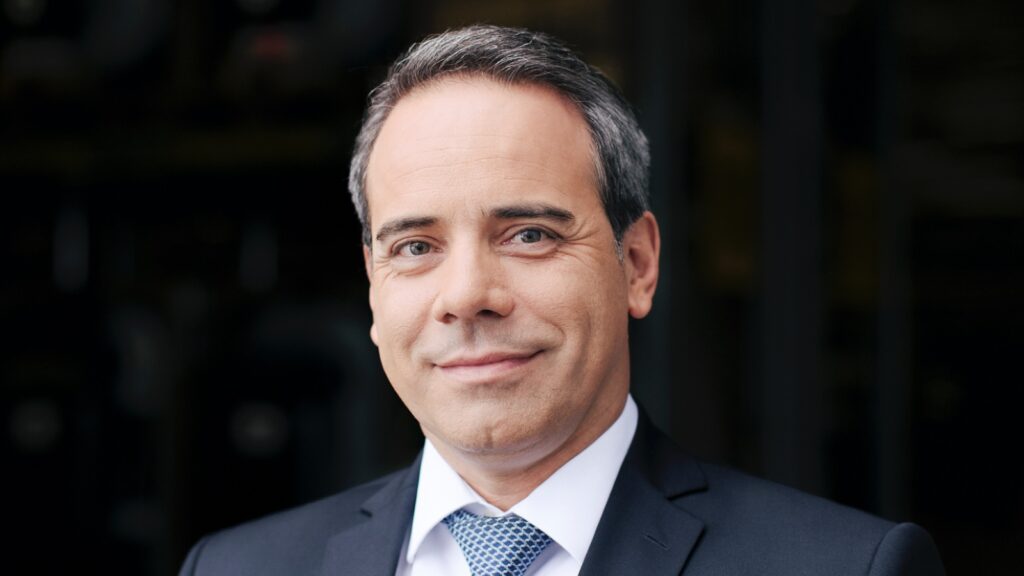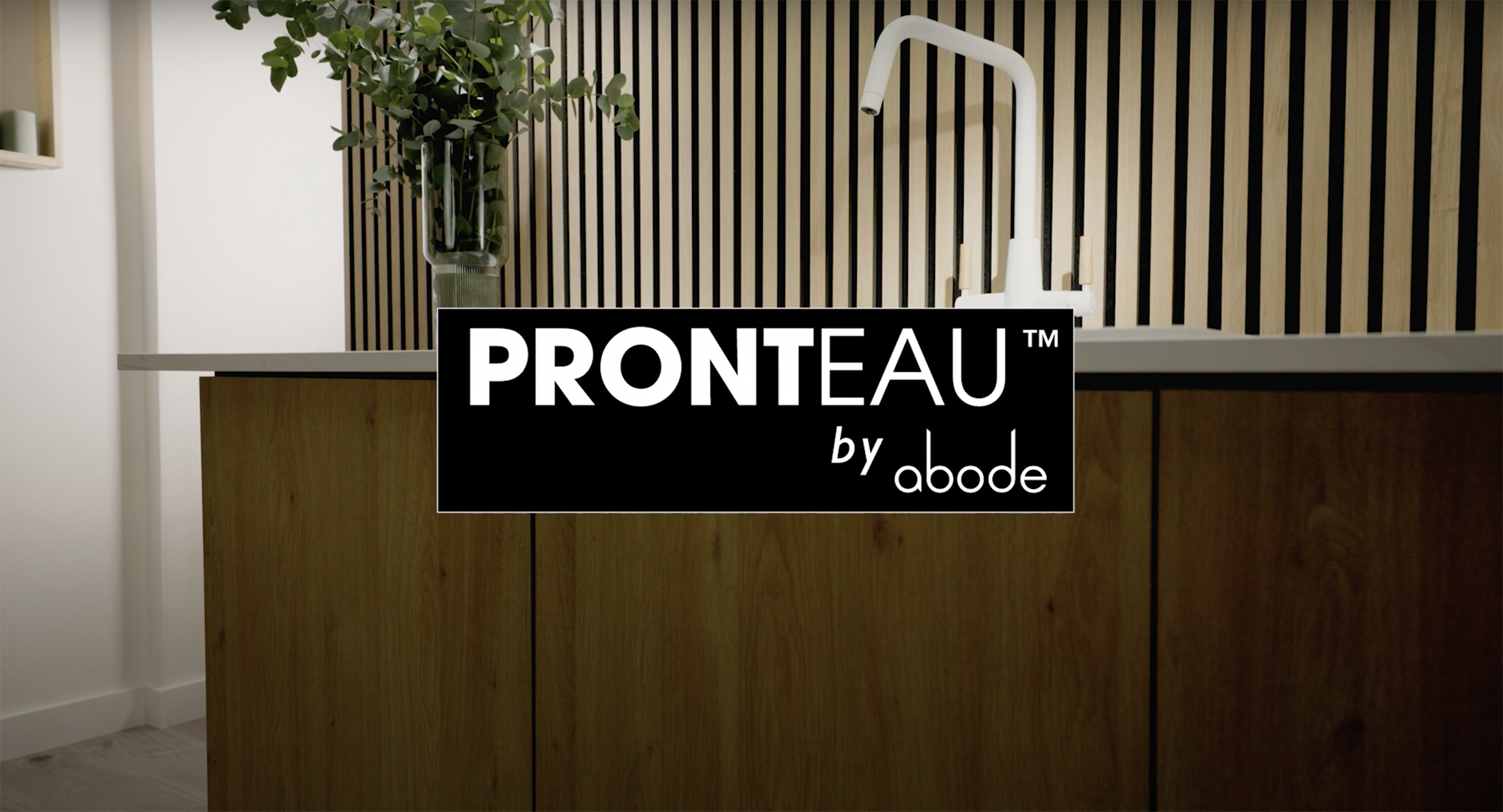Strategic sales and commercial business manager of Kaldewei executive board Roberto Martinez says don’t be fooled by greenwashing – seek out certification

The topic of sustainability in terms of architecture and design is arising with more and more frequency, from passive houses, to eco or green homes, through to creating a new kitchen or bathroom.
However big or small the project, clients want the assurance that the result will not only be visually appealing but will not cause untold damage to the planet.
Sponsored Video
At this point many designers will look to brands for support, as these companies will have their own identity and will be telling their own ‘story’ enabling them to connect emotionally with the consumer.
However, this is when the topic of sustainability becomes a sticky subject, it’s become something of a buzz word, with thousands of brands now marketing themselves as being eco-friendly without the credentials to back up these claims.
It is crucial the design industry doesn’t rely solely on established brands, but actively seeks out more information and demand strict independent certification from reliable third-party sources.
Seek certification
Designers need to understand that sustainable practises are not a one-size fits all and must not pass the responsibility of sustainability entirely onto the brands.
Whilst many will engage in sustainable initiatives, most brands will offer a comprehensive range of different products, in a variety of categories, which will in turn be manufactured in a range of materials.
It then follows that not all will be made using the same production method or even in the same country, which will impact the environment and society in some way.
Designers need to understand these nuances in production and actively participate in the decision-making process to ensure that specific needs and product sustainability are in alignment within their project.
The good thing is today everything is measurable; and many companies are now much more transparent, accountable, and ethical in their business operations.
Businesses are also striving to achieve net zero carbon emissions and in recent years there have been more companies making a net zero claim.
This doesn’t mean they are going to reduce greenhouse gas emissions to actual zero, but that they are going to reduce some and fund an offsetting project to deal with their remaining emissions for which there is a real need.
Reducing carbon footprint
Many brands use carbon offsetting as a way of reducing their carbon footprint, for example you can offset carbon emissions by buying carbon credits.
This payment is put towards projects such as developing existing technologies or creating new ones; carbon offsets can also be used to help conservation and sustainable development.
However, if this is not done properly, both the projects and emission reduction can fail.
It’s not all negative, though as there are ways as a designer you can reduce the carbon footprint of your project, such as avoiding air travel, for you and the products you are sourcing, fitting an eco-heating system, using water saving technology and sustainable recyclable products as part of the intrinsic design.
Again, this means that you as the designer need to check the credentials of the companies supplying the products.
An EPD (Environmental Product Declaration) is a valuable tool for designers when making decisions, as it is a standardised, independently verified report that provides transparent and reliable information on the environmental impacts of a product throughout its life cycle.
Going forward we need suppliers to present their green credentials and their data in a way that designers can understand.
This is important as it forms a platform from which questions can be asked to other brands, starting a conversation on sustainability, helping us to learn, evolve and offer clients the most eco-friendly options.



